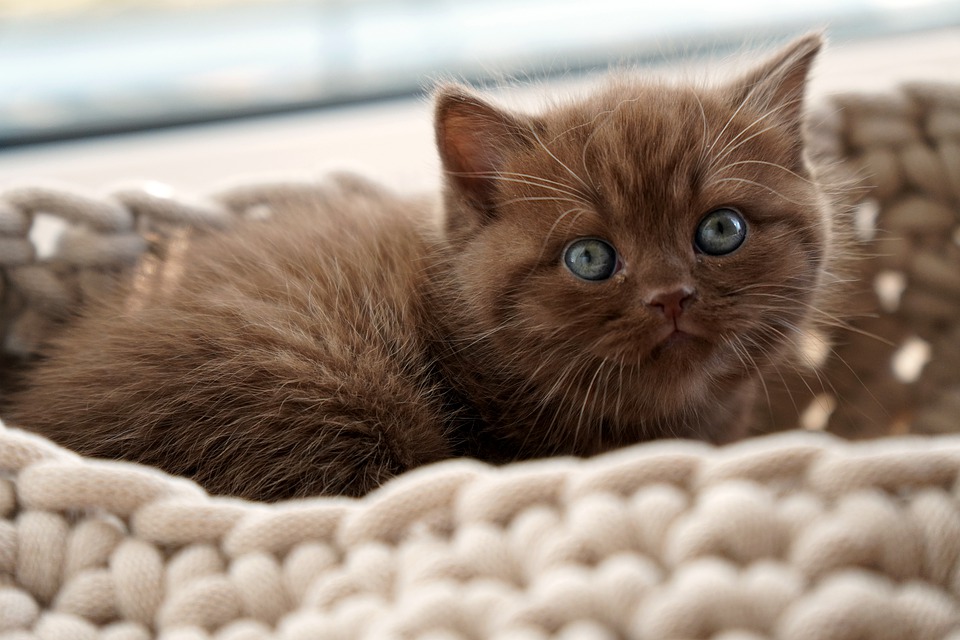Title: Coping with Vocalization during Introductions to New Environments in Cats
Introduction:
Introducing cats to new environments can be a challenging process that often triggers vocalization. Understanding why cats vocalize and learning effective coping strategies can help ease their transition and create a harmonious environment. In this article, we will explore the reasons behind cat vocalization during introductions and provide valuable tips to manage their behavior.
I. Understanding Cat Vocalization during Introductions
1.1 The Nature of Cat Vocalization:
Cats vocalize as a means of communication. They may use vocalization to express their needs, emotions, or to establish territory. Understanding the nature of their vocalization can help decipher their behavior.
1.2 Why Cats Vocalize during Introductions:
Cats vocalize during introductions primarily due to stress, anxiety, fear, or territorial instincts. New environments can be overwhelming for cats, leading to excessive vocalization.
1.3 Different Types of Vocalization:
Cats vocalize in various ways, including meowing, hissing, growling, yowling, and purring. Each type of vocalization signifies different emotions or intentions.
1.4 Recognizing Signs of Stress and Anxiety:
Excessive vocalization, along with other signs such as hiding, aggression, or changes in appetite or grooming habits, can indicate stress and anxiety in cats. Recognizing these signs is crucial for addressing their needs effectively.
II. Preparing for a Smooth Transition
2.1 Creating a Safe Space:
Before introducing your cat to a new environment, set up a safe space where they can retreat and feel secure. This can include a cozy corner with their bed, toys, and familiar scents.
2.2 Gradual Introductions:
Introduce your cat to the new environment gradually. Allow them to explore one room at a time, gradually expanding their access to the rest of the space. This gradual approach helps them feel more comfortable and reduces vocalization.
2.3 The Importance of Scent Exchange:
To familiarize cats with each other’s scents, exchange bedding or place a cloth with one cat’s scent near the other. This helps them establish a sense of familiarity and reduces vocalization during introductions.
2.4 Utilizing Pheromone Products:
Pheromone products, such as diffusers or sprays, can help create a calming environment for cats. These products mimic the natural pheromones that cats release, promoting a sense of security and reducing vocalization.
III. Coping Strategies for Vocalization
3.1 Maintaining a Calm Environment:
Creating a calm and quiet environment during introductions can help reduce stress and vocalization. Avoid loud noises or sudden movements that may startle the cats.
3.2 Providing Enrichment and Distractions:
Engaging cats with interactive toys, scratching posts, and puzzle feeders can redirect their attention and reduce vocalization. Mental and physical stimulation can help alleviate stress.
3.3 Positive Reinforcement:
Rewarding cats with treats, praise, and gentle petting when they exhibit calm behavior during introductions can reinforce positive associations and reduce vocalization.
3.4 Seeking Professional Help:
If vocalization persists or becomes aggressive, seeking professional help from a veterinarian or animal behaviorist is recommended. They can provide tailored advice and solutions to address the specific needs of your cats.
IV. Frequently Asked Questions (FAQs)
Q1. Why do cats vocalize when introduced to new environments?
Q2. How long does it typically take for a cat to adjust to a new environment?
Q3. Is vocalization during introductions a sign of aggression?
Q4. Are there any specific breeds that are more prone to vocalization during introductions?
Q5. Can I use medication to calm my cat during introductions?
Q6. Should I separate my cats if they are vocalizing excessively during introductions?
Q7. Are there any risks associated with cat vocalization during introductions?
Conclusion:
Successfully introducing cats to new environments requires patience, understanding, and a proactive approach. By recognizing the reasons behind their vocalization, preparing adequately, and implementing effective coping strategies, you can ensure a smoother transition and minimize stress for your feline companions. Remember, seeking professional advice is always a valuable option when dealing with challenging situations.








